Protect Yourself from Bloodborne Pathogens
Without a host, bloodborne pathogens cannot live long on their own; however, they can live for days or weeks within bodily fluids. Any mucous membrane, including minor scrapes or cuts, is a gateway into the body. Taking the proper precautions is the first step toward reducing the risks of transmission and infection.
What does it mean to protect yourself?
Understanding what bloodborne pathogens are, where they come from, and how they may be contracted is the first key element of protecting yourself. With this knowledge, you can take the standard, universal precautions; follow handwashing protocols; and think ahead.
ALWAYS THINK ABOUT YOUR SURROUNDINGS
Before putting yourself in an environment where you handle anything that could possibly contain bloodborne pathogens, you should also consider other employees, family members, or other events. Make sure you are not putting others or yourself at unnecessary risk in an unsafe environment.

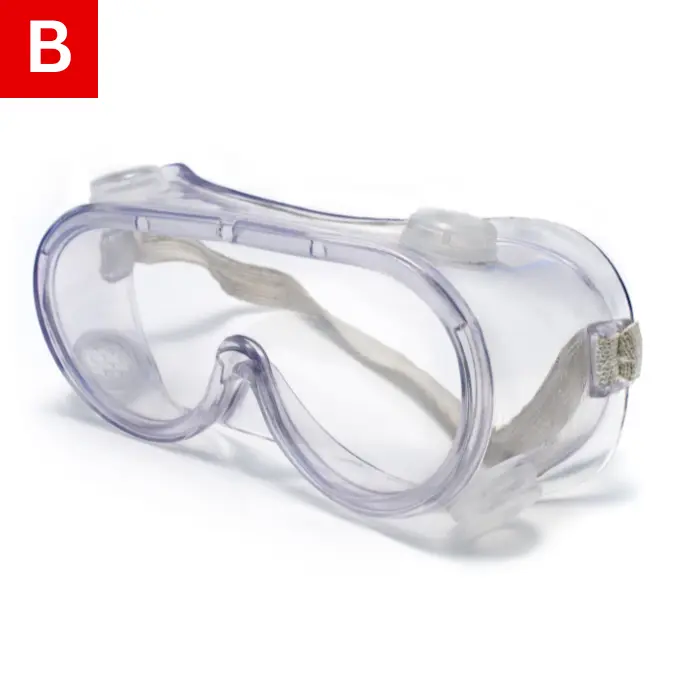
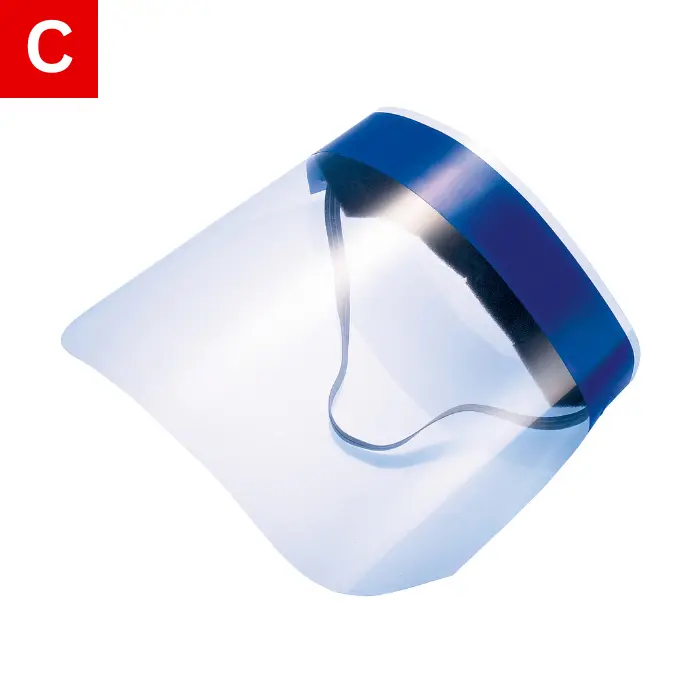

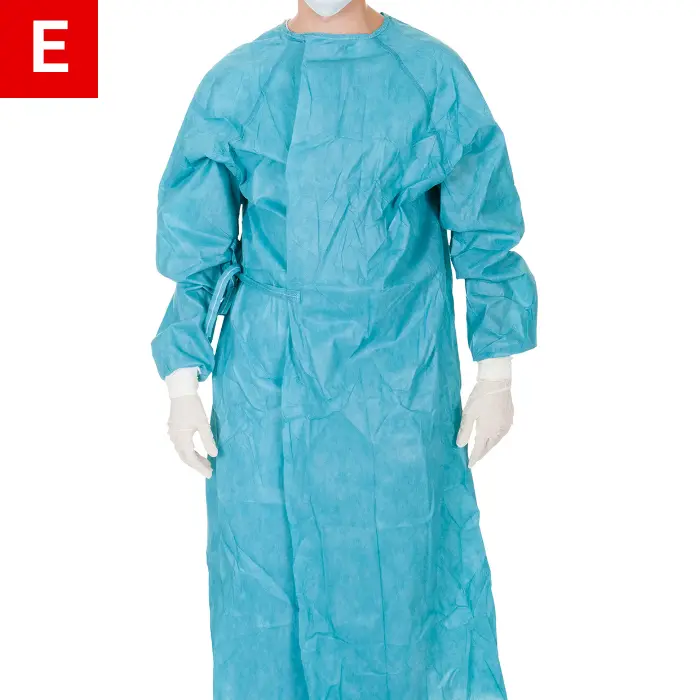
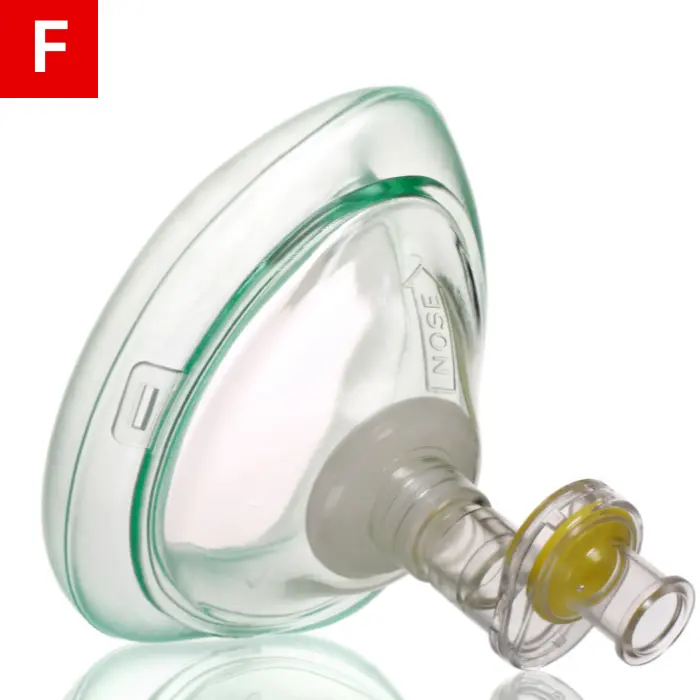
Figure 2
Follow Universal Precautions
Following universal precautions is simple when taken seriously. Work under the assumption that all bodily fluids contain deadly bloodborne pathogens.
Universal precautions include wearing personal protective equipment (PPE), such as the following:
- Gloves (Figure 2a).
- Goggles (Figure 2b).
- Face shield (Figure 2c).
- Mask (Figure 2d).
- Waterproof gown (Figure 2e).
- CPR mouth shields or “mouthguard” (Figure 2f).
What type of PPE is needed?
Every case is unique, and the type of PPE used is dependent on the workplace environment. For example, a waterproof, disposable gown should be worn if there is any chance of getting bodily fluids on your clothing. Masks are a must if you are at risk of being coughed or sneezed on.
Before using PPE, make sure you are not allergic to the materials. If you are unsure whether you are allergic to latex gloves, use non-latex gloves.
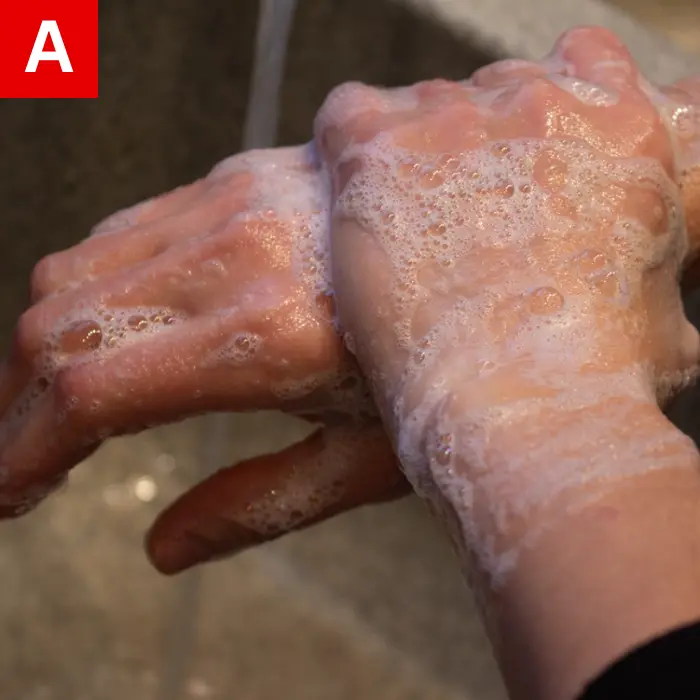
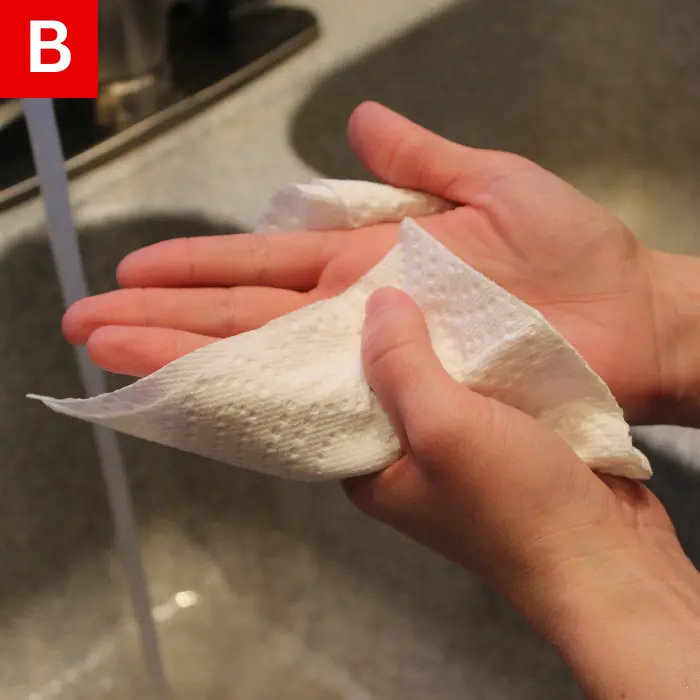

Figure 3
Follow Handwashing Protocols
-
- Use warm water—not scalding. For towel dispensers that are not automatic, make sure you don’t contaminate the towel with dirty hands at any point.
- Thoroughly wet your hands.
- Apply soap to your hands. Scrub into a generous lather. Scrub the entire surface of your hands and two inches up your wrists (Figure 3a).
- Using a side-to-side scratching motion in the palm of your opposing hand, scrub under your fingernails.
- Rinse the soap off your hands and wrists in a downward motion, starting from your wrists and moving to the fingertips. Do not touch the sink or any other surface while washing.
- Dry your hands and wrists with a towel. Completely dry to avoid chapping. Dispose of the towel in the appropriate trash bin (Figure 3b).
- Use a new dry towel to turn off the water as the old wet towel could be a vehicle for pathogens to get back onto your hands (Figure 3c). Throw away.
- After disposing of the towel used to turn off the water, use a brand-new clean towel to open the door.
Think before you drink
Before eating or drinking at any point during the workday, thoroughly wash your hands. You want to eliminate any risk of pathogens entering your bloodstream through your mouth. The same goes for vaporizers and makeup—wash your hands prior to use.
Learn to identify biohazard symbols
Biohazard symbols are indicators of pathogen types in any given area. They typically have bright orange or red-orange backgrounds with the word “biohazard”(Figure 4).
Every health facility should have specific rules about where to dispose of biohazards. Check with your supervisor or ECP to make sure you are absolutely clear about what those rules are.

Figure 4
Do not throw biohazards into ordinary trash bins.
